- Culture文化:亚细亚大观.第16辑(123P):2024年-02月-21日
- Culture文化:亚细亚大观.第15辑(147P):2024年-02月-21日
- Culture文化:亚细亚大观.第14辑(147P):2024年-02月-21日
- Culture文化:亚细亚大观.第13辑(147P):2024年-02月-21日
- Culture文化:亚细亚大观.第12辑(152P):2024年-02月-21日
- Culture文化:亚细亚大观.第11辑(147P):2024年-02月-21日
- Culture文化:亚细亚大观.第10辑(135P):2024年-02月-21日
- Culture文化:亚细亚大观.第9辑(143P):2024年-02月-21日
- Culture文化:亚细亚大观.第8辑(182P):2024年-02月-20日
- Culture文化:亚细亚大观.第7辑(191P):2024年-02月-20日
- Culture文化:亚细亚大观.第6辑(195P):2024年-02月-20日
- Culture文化:亚细亚大观.第5辑(193P):2024年-02月-20日
- Culture文化:亚细亚大观.第4辑(197P):2024年-02月-19日
- Culture文化:亚细亚大观.第3辑(201P):2024年-02月-19日
- Culture文化:亚细亚大观.第2辑(139P):2024年-02月-19日
- Culture文化:亚细亚大观.第1辑(124P):2024年-02月-19日
亚细亚大观.总16辑.亚细亚写真大观社编.1924-1928年
《亚细亚大观》是由亚细亚写真大观社(大连)编辑的系列中国人文照片集,涵盖风景、宗教、民俗、人物等多方面。照片附有日文介绍,摄影者、拍摄地、时间等。共16辑,近两千张,出版年代为1924年到1940年。
“九一八”前后,为大量获取中国情报,日本在我国成立了不少如“亚细亚写真大观社”或“大东亚写真社”这样的情报机构,派出大量情报人员以摄影的方式对中国全境进行全方位扫描,其拍摄范围之广、内容之丰富,前所未闻。这些情报机构的总部通常设在“伪满”,同时在内地其他重要城市设有分部。
《亚细亚大观》是被天皇钦定的特别刊物,更有众多军界将领充当“名誉赞助员”,旗下摄影师以“出生入死费尽心机”的意志为代价,对中国全境的资源、人物和文化,几乎是无孔不入地进行扫描记录。它们是日军侵华的铁证,但却也留下了一批视角不同的时代影像,在文化史、国际关系史、抗日战争史的研究上具有较高价值。
最近在闲读百年前东瀛作家的中国游记,二次鸦片战争之后,大批日本的军政教育学者作家僧侣来到天朝游访,写出众多视角独具的私人游记,其中不乏窥伺情报所为,他们惊讶于这里的腐朽与暮气沉沉,又慨叹数千年积淀的璀璨文化,东夷小国的野心沿着文字肆意流淌,引发其上下国民的思考,他们已不再是几百年前永乐皇帝心中的倭匪之患。而日本在每一次侵略之前,都会认真做好基础调查工作,从甲午到七七事变,从文字到影像,这些呈现客观来看还是挺有意思的,哪怕是进化到近代日本拍摄的中国纪录片,拍的很多都非常不错,万事辩证看,之于日本,个人的观点是:喜欢的就是喜欢,好就是好,但小地方就是要扩张的,晦涩矛盾是不争的,所以真该干那就开干。
旧影依次为朝阳门、鼓楼望景山、乐器店、前门外店铺、前门外武吃、雍和宫造像、哈德门外煤铺、万寿望玉泉。
“The Grand View of Asia” is a series of Chinese cultural photo collections edited by the Asia Photography Society (Dalian), covering various aspects such as scenery, religion, folk customs, and characters. The photo is accompanied by a Japanese introduction, including the photographer, location, time, etc. A total of 16 volumes, nearly 2000 copies, published from 1924 to 1940.
Before and after the September 18th Incident, in order to obtain a large amount of intelligence from China, Japan established many intelligence agencies in China, such as the “Asia Photography Society” or the “Great East Asia Photography Society”, and sent a large number of intelligence personnel to scan the entire territory of China in all directions through photography. The scope and content of its photography were unprecedented. These intelligence agencies are usually headquartered in Manchukuo and have branches in other important cities in mainland China.
“The Great View of Asia” is a special publication designated by the Emperor, with many military leaders serving as “honorary sponsors”. Its photographers, at the cost of “going to great lengths to save lives”, scan and record almost every resource, character, and culture throughout China. They are ironclad evidence of the Japanese invasion of China, but they also leave behind a group of historical images from different perspectives, which have high value in the study of cultural history, international relations history, and the history of the Anti Japanese War.
Recently, I have been leisurely reading Chinese travelogues written by Japanese writers from a century ago. After the Second Opium War, a large number of Japanese military and political education scholars, writers, and monks came to China to visit and write numerous personal travelogues with unique perspectives. Among them, there are also those who peep at intelligence. They were surprised by the decay and decadence here, and lamented the brilliant culture accumulated for thousands of years. The ambition of the small Dongyi country flowed freely along the text, triggering the thinking of its citizens, They are no longer the plague of Japanese bandits in the hearts of Emperor Yongle hundreds of years ago. Before each invasion, Japan would carefully conduct basic investigations, from the First Sino Japanese War to the July 7th Incident, from text to images. Objectively speaking, these presentations were quite interesting, even if they evolved to modern Chinese documentaries shot by Japan, many of them were very good. From a dialectical perspective, for Japan, my personal opinion is that what I like is like, good is good, but small areas need to be expanded, Ambiguous contradictions are indisputable, so if you really need to do it, then go ahead and do it.
The old shadows include Chaoyang Gate, Gulou Wangjingshan, Musical Instrument Shop, Qianmenwai Shop, Qianmenwai Wushi, Yonghe Palace Statue, Hademen Coal Shop, and Wanshou Wangyuquan.
























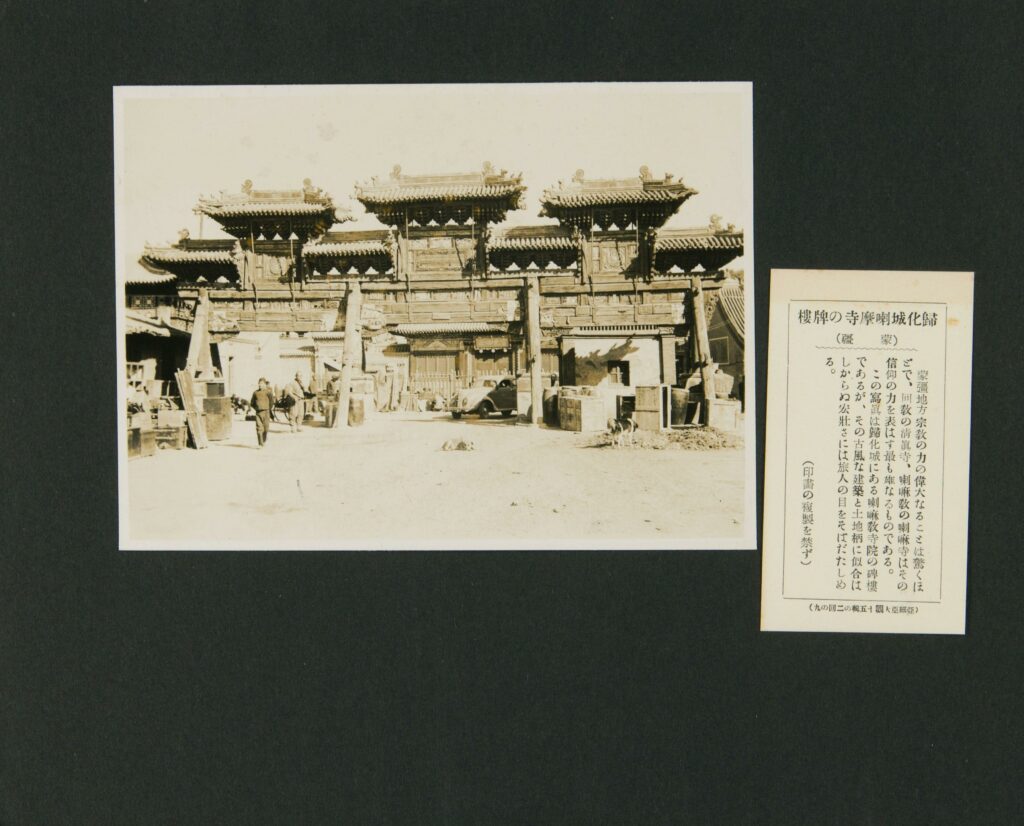




















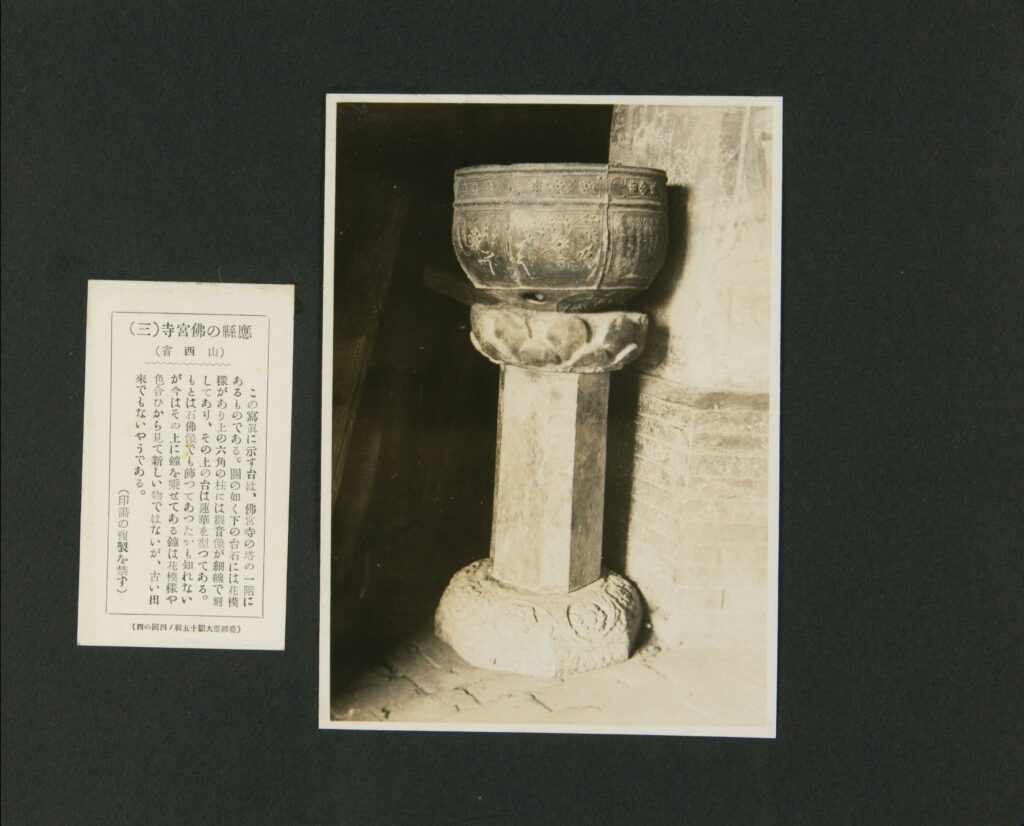












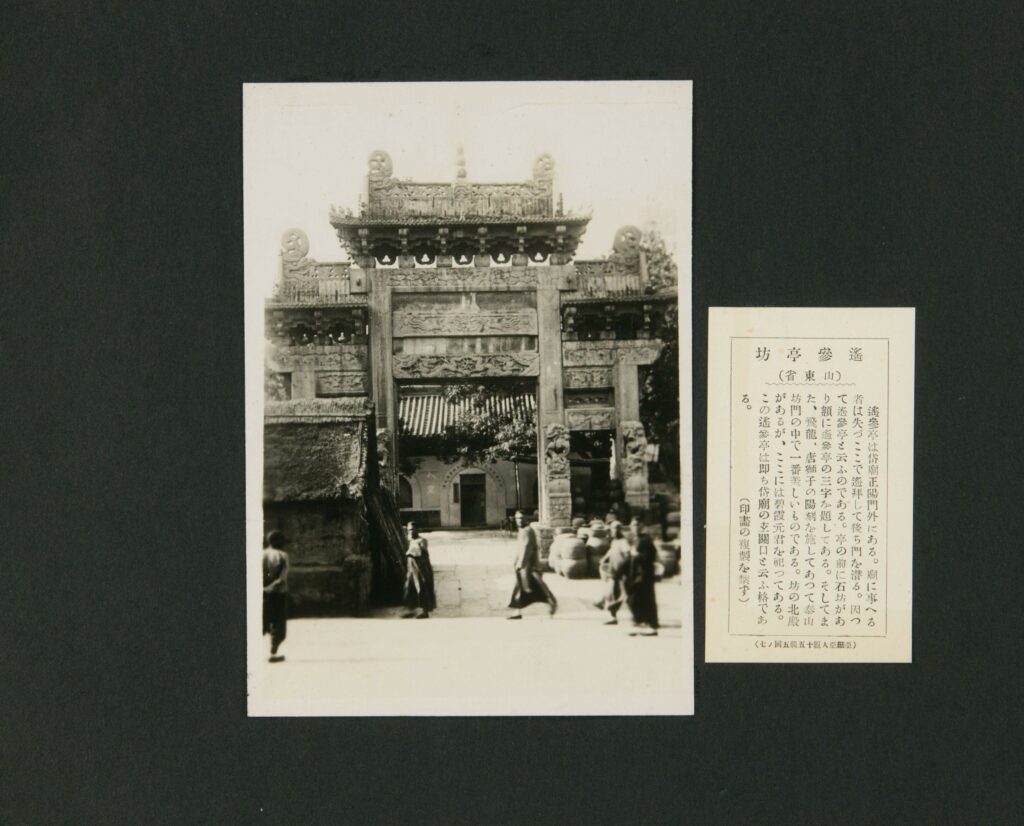



























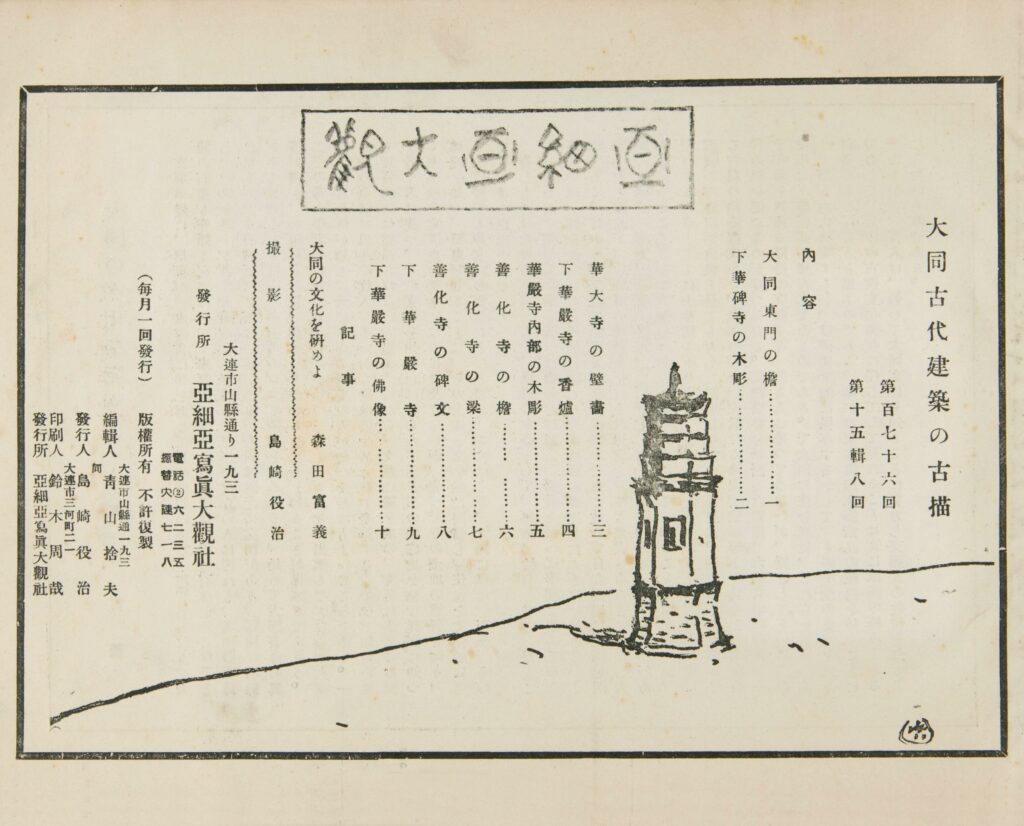


































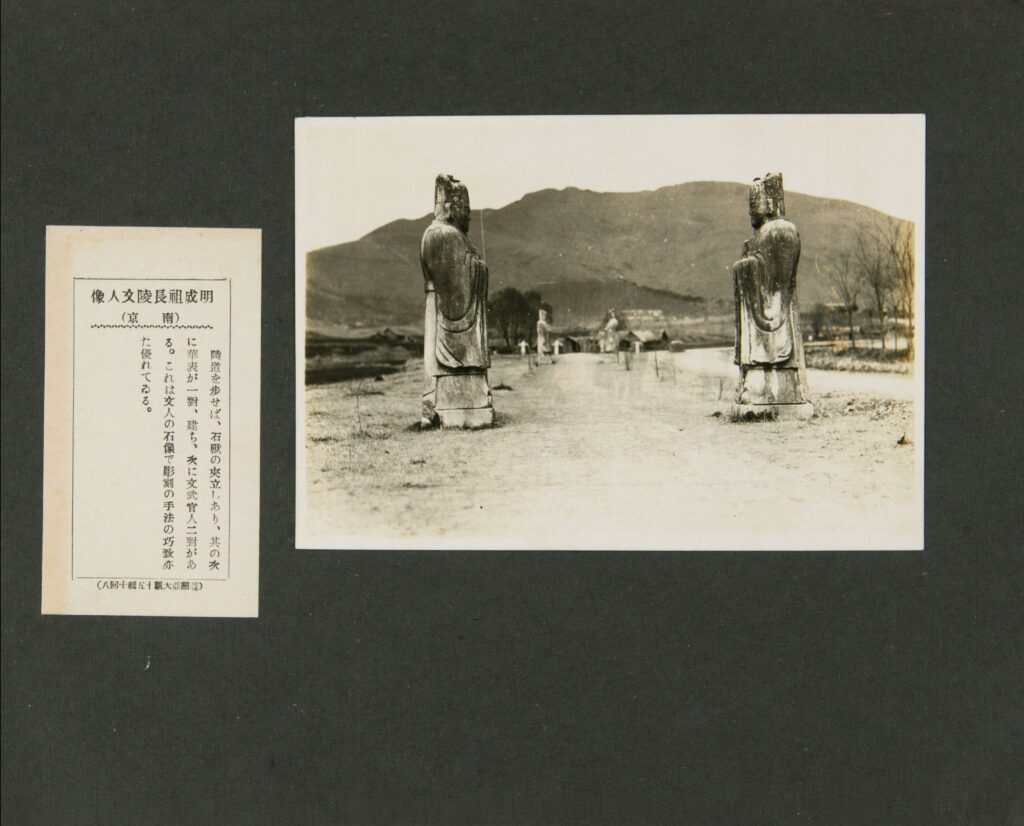

























Culture文化 Magazine杂志 147P 亚细亚大观.第15辑
历史上的今天 ( 15 ):
- 2023年-02月-21日:Super Nintendo:Aretha II - Ariel no Fushigi na Tabi 阿蕾莎2
- 2023年-02月-21日:Super Nintendo:Aretha 阿蕾莎
- 2023年-02月-21日:Super Nintendo:Ardy Lightfoot 光脚阿迪
- 2023年-02月-21日:Super Nintendo:Arcus Spirits 亚克斯传说
- 2023年-02月-21日:Super Nintendo:Archer Maclean's Super Dropzone 宇宙太空人
- 2023年-02月-21日:Super Nintendo:Arcana 阿卡纳
- 2023年-02月-21日:Knowledge知识:雑纂.上下 (74P)
- 2023年-02月-21日:Knowledge知识:园冶2卷.明計成撰 (105P)
- 2023年-02月-21日:History历史:苏米谭史广.郭化撰.徐日昌阅.胡正言校 (145P)
- 2023年-02月-21日:Plant植物:松葉蘭譜.松叶兰谱.长生舍主人著.天保7年.1836 (43P)
- 2023年-02月-21日:Radio收音机:成武人民广播电台
- 2023年-02月-21日:Radio收音机:东营动听978
- 2023年-02月-21日:Radio收音机:FM105.5武城广播电视台
- 2023年-02月-21日:Radio收音机:淄川村村响有线广播
- 2023年-02月-21日:News新闻:2月21日,星期二,在这里每天60秒读懂世界! (1P)
可点 ➠ 2024年-02月-21日 ➠ 3 s ➠ ♥ 0

